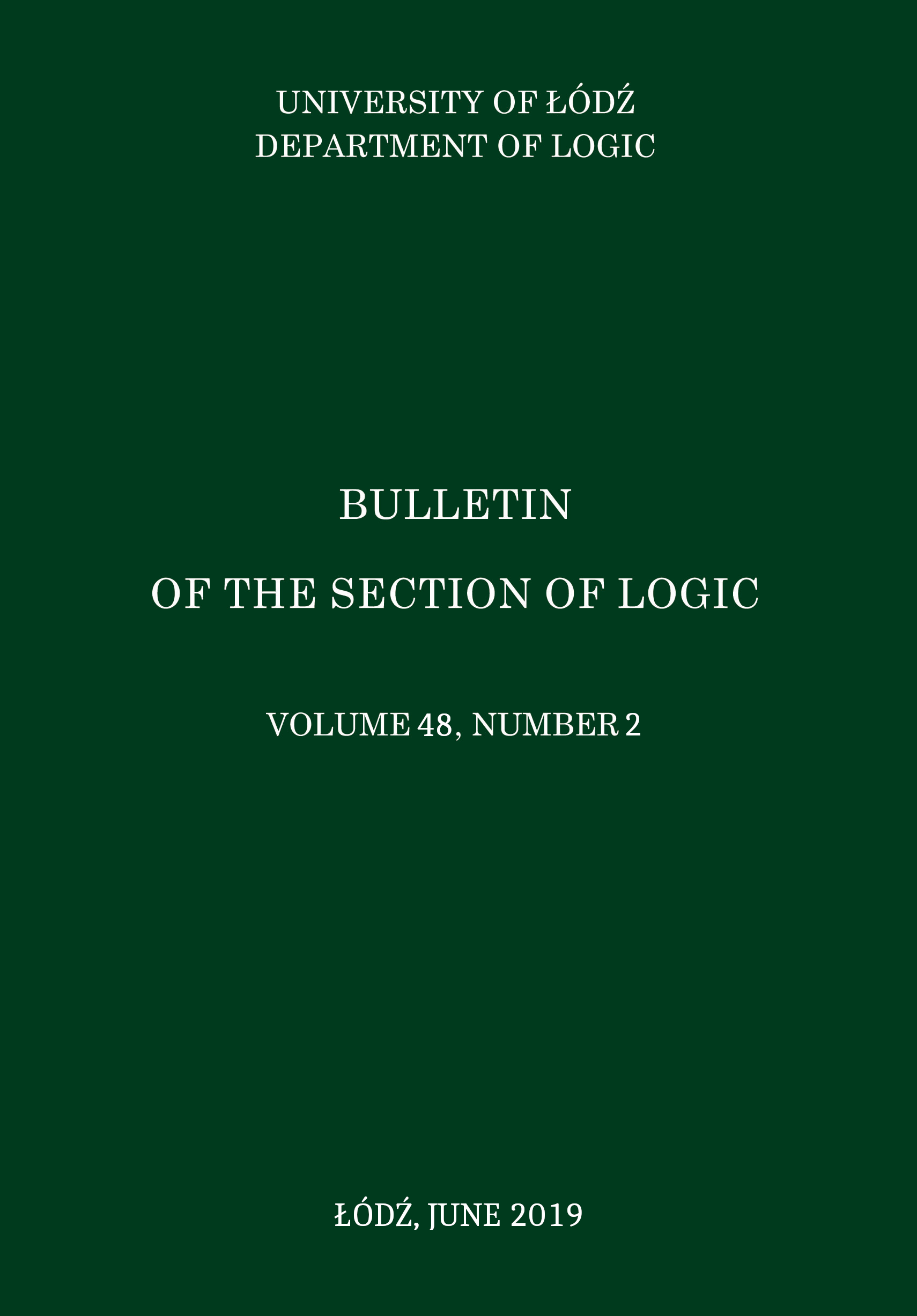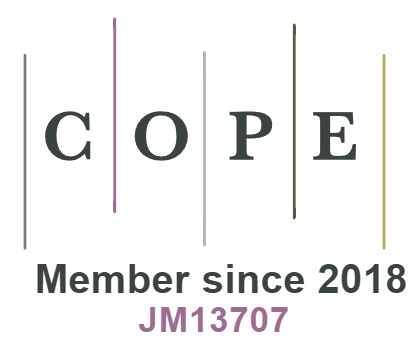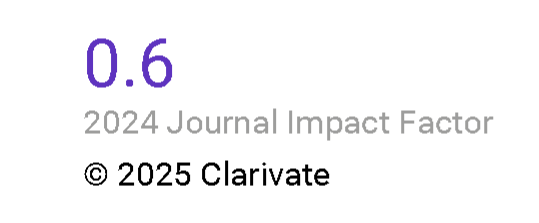The Method of Socratic Proofs Meets Correspondence Analysis
DOI:
https://doi.org/10.18778/0138-0680.48.2.02Keywords:
Socratic proofs, correspondence analysis, invertible rule, inferential erotetic logic, classical propositional logic, sequent calculusAbstract
The goal of this paper is to propose correspondence analysis as a technique for generating the so-called erotetic (i.e. pertaining to the logic of questions) calculi which constitute the method of Socratic proofs by Andrzej Wiśniewski. As we explain in the paper, in order to successfully design an erotetic calculus one needs invertible sequent-calculus-style rules. For this reason, the proposed correspondence analysis resulting in invertible rules can constitute a new foundation for the method of Socratic proofs.
Correspondence analysis is Kooi and Tamminga's technique for designing proof systems. In this paper it is used to consider sequent calculi with non-branching (the only exception being the rule of cut), invertible rules for the negation fragment of classical propositional logic and its extensions by binary Boolean functions.
References
[1] F. G. Asenjo, A calculus of antinomies, Notre Dame Journal of Formal Logic, vol. 7, no. 1 (1966), pp. 103–105. https://doi.org/10.1305/ndjfl/1093958482
Google Scholar
[2] N. D. Belnap, A useful four-valued logic, Modern Uses of Multiple-Valued Logic, ed. by J. M. Dunn, G. Epstein. Boston, Reidel Publishing Company, 1977, pp. 7–37. https://doi.org/10.1007/978-94-010-1161-7_2
Google Scholar
[3] N. D. Belnap, How a computer should think, Contemporary Aspects of Philosophy, ed. by G. Rule. Stocksfield, Oriel Press, 1977, pp. 30–56.
Google Scholar
[4] S. Bonzio, J. Gil-Férez, F. Paoli, L. Peruzzi, On Paraconsistent Weak Kleene Logic: Axiomatisation and Algebraic Analysis, Studia Logica, vol. 105, no. 2 (2017), pp. 253–297. https://doi.org/10.1007/s11225-016-9689-5
Google Scholar
[5] S. Chlebowski, Canonical and Dual Erotetic Calculi for First-Order Logic, PhD thesis, Adam Mickiewicz University, Poznań, Poland, 2018. (Unpublished manuscript, previously referred to as „The Method of Socratic Proofs for Classical Logic and Some Non-Classical Logics").
Google Scholar
[6] S. Chlebowski, D. Leszczyńska-Jasion, Dual Erotetic Calculi and the Minimal LFI, Studia Logica, vol. 103, no. 6 (2015), pp. 1245–1278. https://doi.org/10.1007/s11225-015-9617-0
Google Scholar
[7] J. M. Dunn, Intuitive semantics for first-degree entailment and coupled trees, Philosophical Studies, vol. 29, no. 3 (1976), pp. 149–168. https://doi.org/10.1007/BF00373152
Google Scholar
[8] M. Fitting, First-Order Logic and Automated Theorem Proving, New York, Springer-Verlag, 1990. https://doi.org/10.1007/978-1-4612-2360-3
Google Scholar
[9] S. Halldén, The Logic of Nonsense. Lundequista Bokhandeln, Uppsala, 1949.
Google Scholar
[10] Ch. Hamblin, Questions, Australasian Journal of Philosophy, vol. 36, no. 3 (1958), pp. 159–168. https://doi.org/10.1080/00048405885200211
Google Scholar
[11] D. Harrah, The logic of questions, Handbook of Philosophical Logic, vol. 8, ed. by D. M. Gabbay, F. Guenthner, second edition. Springer, 2002, pp. 1–60. https://doi.org/10.1007/978-94-010-0387-2_1
Google Scholar
[12] A. Karpenko, N. Tomova, Bochvar's three-valued logic and literal paralogics: Their lattice and functional equivalence, Logic and Logical Philosophy, vol. 26, no. 2 (2017), pp. 207–235. http://dx.doi.org/10.12775/LLP.2016.029
Google Scholar
[13] S. C. Kleene, Introduction to metamathematics, Sixth Reprint, Wolters-Noordhoff Publishing and North-Holland Publishing Company, 1971.
Google Scholar
[14] S. C. Kleene, On a notation for ordinal numbers, The Journal of Symbolic Logic, vol. 3, no. 1 (1938), pp. 150–155. https://doi.org/10.2307/2267778
Google Scholar
[15] B. Kooi, A. Tamminga, Completeness via correspondence for extensions of the logic of paradox, The Review of Symbolic Logic, vol. 5, no. 4 (2012), pp. 720–730. https://doi.org/10.1017/S1755020312000196
Google Scholar
[16] T. Kubiński, An Outline of the Logical Theory of Questions, Berlin, Akademie-Verlag, 1980.
Google Scholar
[17] T. Kubiński, Wstęp do logicznej teorii pytań, Warszawa, Państwowe Wydawnictwo Naukowe, 1971.
Google Scholar
[18] E. Kubyshkina, D. Zaitsev, Rational agency from a truth-functional perspective, Logic and Logical Philosophy, vol. 25, no. 4 (2016), pp. 499–520. http://dx.doi.org/10.12775/LLP.2016.016
Google Scholar
[19] D. Leszczyńska, Socratic Proofs for some Normal Modal Propositional Logics, Logique et Analyse, vol. 47, no. 185–188 (2004), pp. 259–285.
Google Scholar
[20] D. Leszczyńska-Jasion, From Questions to Proofs. Between the Logic of Questions and Proof Theory, Poznań, AMU Faculty of Social Sciences Publishers, 2018.
Google Scholar
[21] D. Leszczyńska-Jasion, The Method of Socratic Proofs for Modal Propositional Logics: K5, S4.2, S4.3, S4M, S4F, S4R and G, Studia Logica, vol. 89, no. 3 (2008), pp. 371–405. https://doi.org/10.1007/s11225-008-9134-5
Google Scholar
[22] D. Leszczyńska-Jasion, Y. Petrukhin, V. Shangin, M. Jukiewicz, Functional completeness in CPL via correspondence analysis, Bulletin of the Section of Logic, vol. 48, no. 1 (2019), pp. 45–76. https://doi.org/10.18778/0138-0680.48.1.04
Google Scholar
[23] Y. Petrukhin, Correspondence analysis for first degree entailment, Logical Investigations, vol. 22, no. 1 (2016), pp. 108–124.
Google Scholar
[24] Y. Petrukhin, Correspondence analysis for logic of rational agent, Chelyabinsk Physical and Mathematical Journal, vol. 2, no. 3 (2017), pp. 329–337. http://cpmj.csu.ru/index.php/cpmj/article/view/102/94
Google Scholar
[25] Y. Petrukhin, Generalized Correspondence Analysis for Three-Valued Logics, Logica Universalis, vol. 12, no. 3–4 (2018), pp. 423–460. https://doi.org/10.1007/s11787-018-0212-9
Google Scholar
[26] Y. Petrukhin, V. Shangin, Automated correspondence analysis for the binary extensions of the logic of paradox, The Review of Symbolic Logic, vol. 10, no. 4 (2017), pp. 756–781. https://doi.org/10.1017/S1755020317000156
Google Scholar
[27] Y. Petrukhin, V. Shangin, Automated proof searching for strong Kleene logic and its binary extensions via correspondence analysis, Logic and Logical Philosophy, online fist papers. http://dx.doi.org/10.12775/LLP.2018.009
Google Scholar
[28] Y. Petrukhin, V. Shangin, Completeness via correspondence for extensions of paraconsistent weak Kleene logic, The Proceedings of the 10th Smirnov Readings in Logic (2017), pp. 114–115. http://smirnovreadings.ru/upload/iblock/481/srl2017-final.pdf
Google Scholar
[29] Y. Petrukhin, V. Shangin, Correspondence Analysis and Automated Proof searching for First Degree Entailment, European Journal of Mathematics, accepted, https://doi.org/10.1007/s40879-019-00344-5
Google Scholar
[30] Y. Petrukhin, V. Shangin, Natural three-valued logics characterised by natural deduction, Logique et Analyse, vol. 244 (2018), pp. 407–427.
Google Scholar
[31] G. Priest, The logic of paradox, Journal of Philosophical Logic, vol. 8, no. 1 (1979), pp. 219–241. https://doi.org/10.1007/BF00258428
Google Scholar
[32] D. J. Shoesmith, T. J. Smiley, Multiple-Conclusion Logic, Cambridge, Cambridge University Press, 1978. https://doi.org/10.1017/CBO9780511565687
Google Scholar
[33] A. Tamminga, Correspondence analysis for strong three-valued logic, Logical Investigations, vol. 20 (2014), pp. 255–268.
Google Scholar
[34] N. E. Tomova, A lattice of implicative extensions of regular Kleene's logics, Reports on Mathematical Logic, vol. 47 (2012), pp. 173–182. http://dx.doi.org/10.4467/20842589RM.12.008.0689
Google Scholar
[35] A. Wiśniewski, Questions and Inferences, Logique et Analyse, vol. 173–175 (2001), pp. 5–43.
Google Scholar
[36] A. Wiśniewski, Questions, Inferences, and Scenarios, London, College Publications, 2013.
Google Scholar
[37] A. Wiśniewski, Socratic Proofs, Journal of Philosophical Logic, vol. 33 (2004), pp. 299–326. https://doi.org/10.1023/B:LOGI.0000031374.60945.6e
Google Scholar
[38] A. Wiśniewski, The Posing of Questions: Logical Foundations of Erotetic Inferences, Dordrecht, Boston, London, Kluwer Academic Publishers, 1995. https://doi.org/10.1007/978-94-015-8406-7
Google Scholar
[39] A. Wiśniewski, Semantics of Questions, [in:] The Handbook of Contemporary Semantic Theory, ed. S. Lappin, Ch. Fox, second edition, Oxford: Wiley-Blackwell, 2015, pp. 273–313. https://doi.org/10.1002/9781118882139.ch9
Google Scholar
[40] A. Wiśniewski, V. Shangin, Socratic Proofs for Quantifiers, Journal of Philosophical Logic, vol. 35, no. 2 (2006), pp. 147–178. https://doi.org/10.1007/s10992-005-9000-0
Google Scholar
[41] A. Wiśniewski, G. Vanackere, D. Leszczyńska, Socratic Proofs and Paraconsistency: A Case Study, Studia Logica, vol. 80, no. 2–3 (2004), pp. 433–468. https://doi.org/10.1007/s11225-005-8477-4
Google Scholar
Downloads
Published
How to Cite
Issue
Section
License

This work is licensed under a Creative Commons Attribution-NonCommercial-NoDerivatives 4.0 International License.















